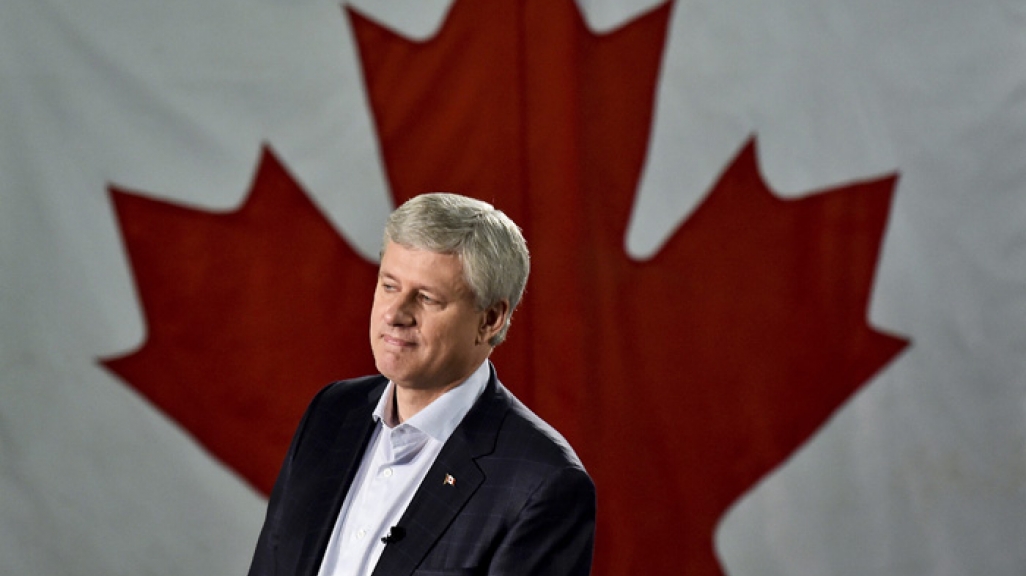Trans-Pacific Partnership is a Big Deal for Canada ahead of Elections
Trans-Pacific Partnership is a Big Deal for Canada ahead of Elections
The TPP agreement inserts trade into Canada’s political debate, writes COA’s Kezia McKeague for U.S. News & World Report.
On Oct. 4, 1987, Canada and the United States announced the completion of a bilateral free-trade agreement. Twenty-five years and a day later, Canadian and U.S. negotiators joined 10 other countries in concluding negotiations on the Trans-Pacific Partnership, a mega-regional trade deal linking Asia and the Americas. This achievement marks a milestone for Canadian trade policy and highlights the tremendous evolution of its bilateral and trilateral relationships within North America over the past quarter century.
The original pact with the United States, followed by the addition of Mexico in the North American Free-Trade Agreement, proved crucial to modernizing the Canadian economy as well as integrating Canada within the North American market and the broader global economy. Since NAFTA, Canada has continued to expand its free-trade network around the world, particularly over the last nine years under Prime Minister Stephen Harper. If ratified, TPP will include Canada in the world’s largest trade bloc.
Canadian participation in the pact will hinge on the results of the Oct. 19 federal election, a competitive three-way race between the incumbent Conservatives, the pro-trade Liberals and the anti-TPP New Democratic Party....
Read the full article in U.S. News & World Report's online opinion section.









